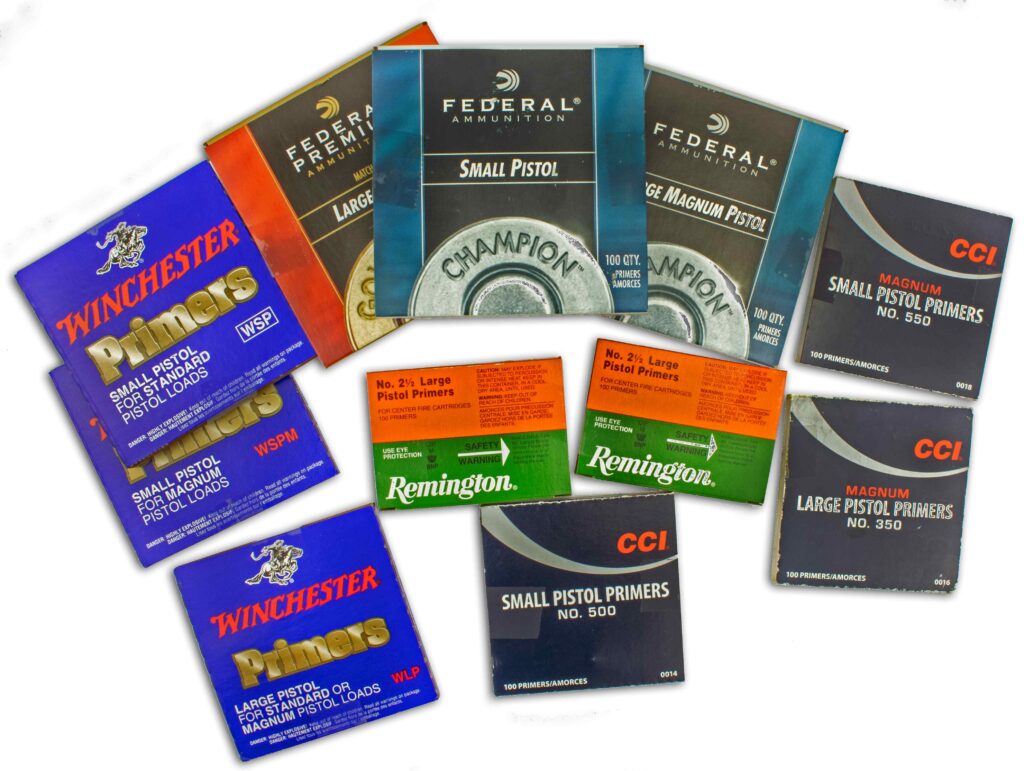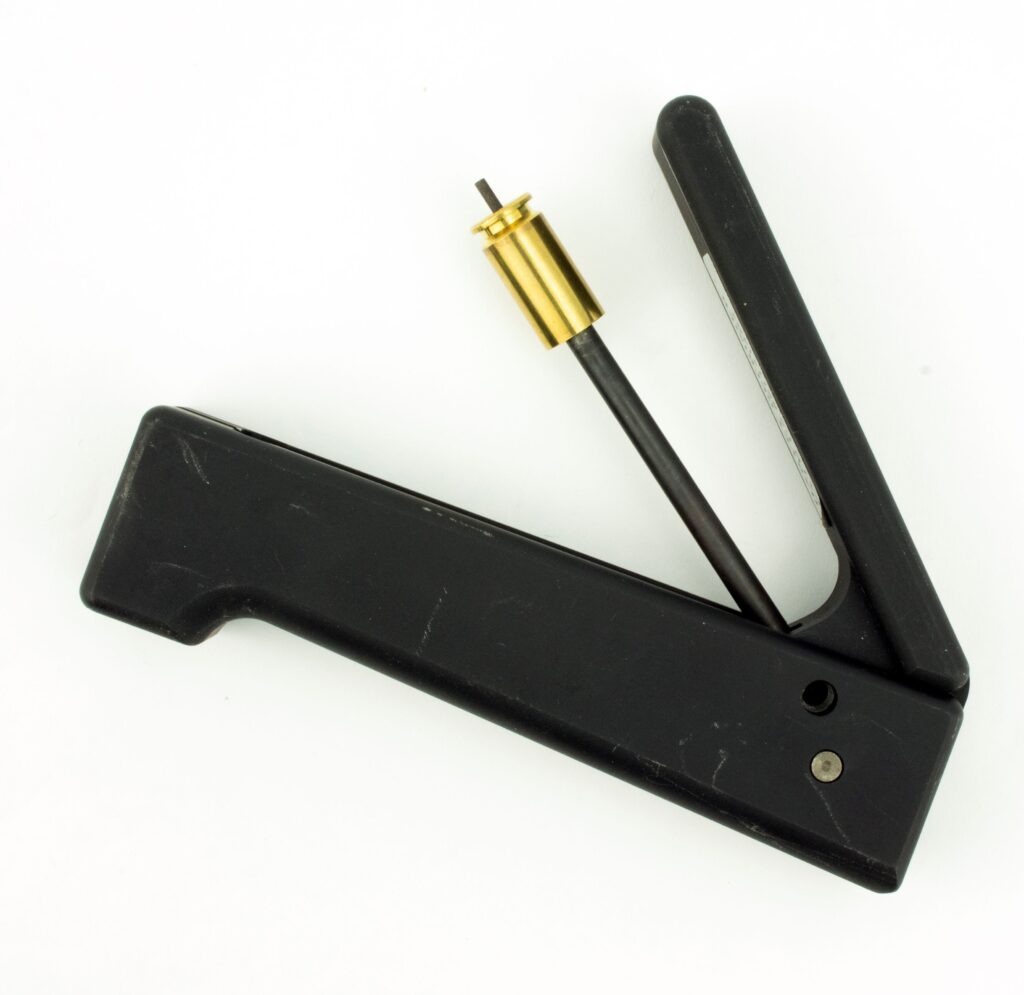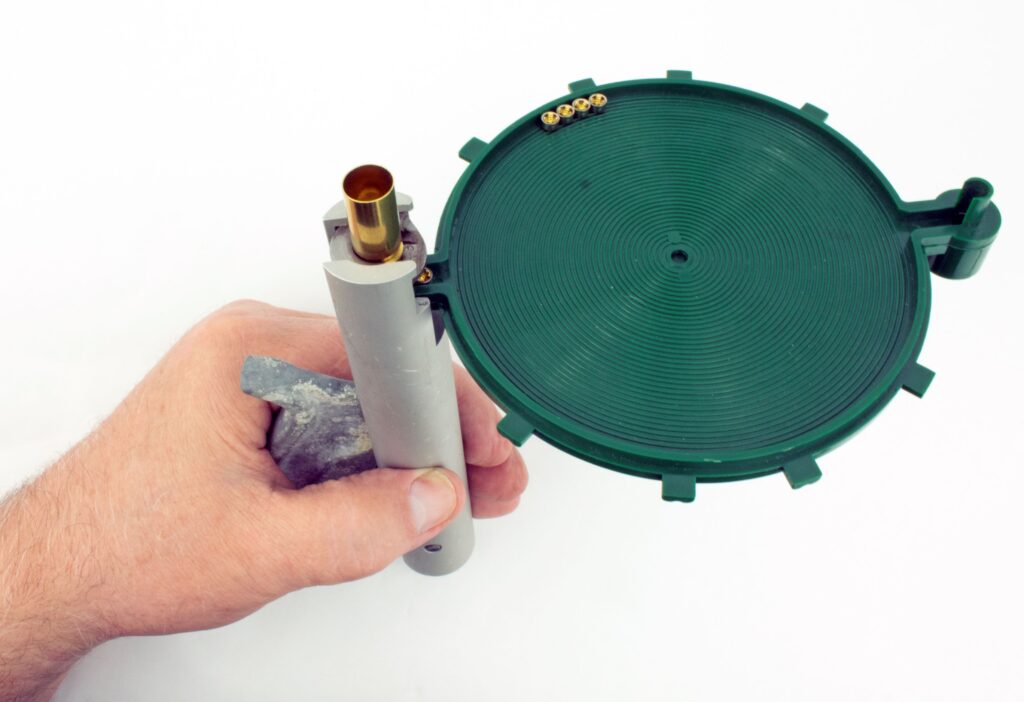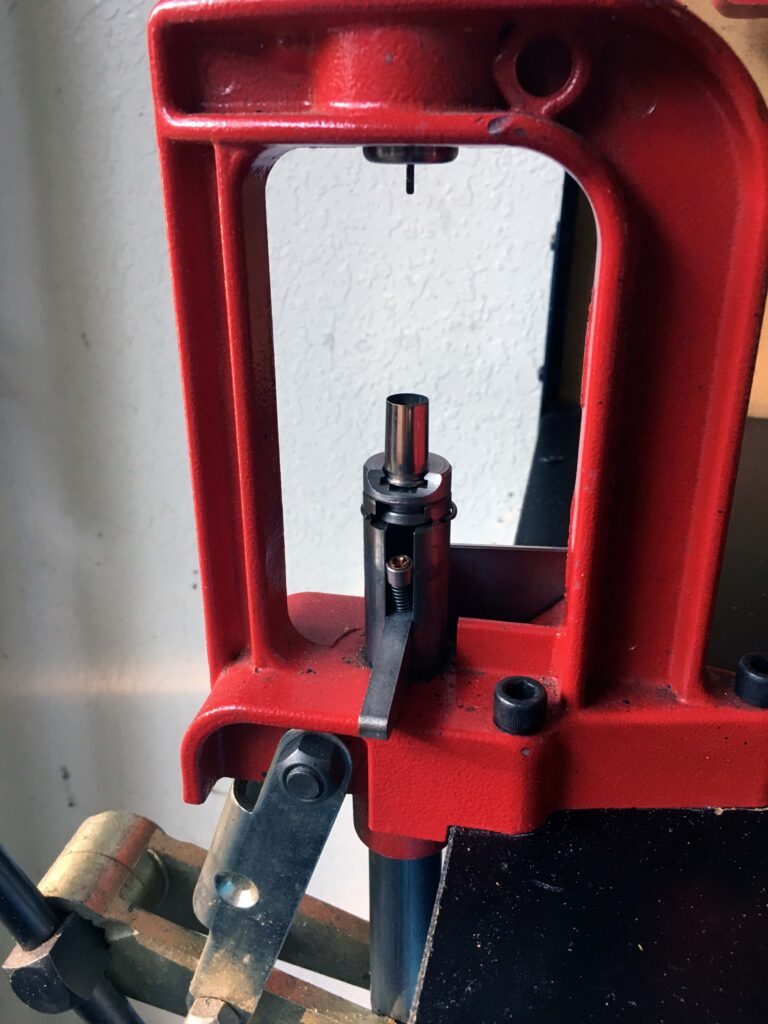
We all know the primer is that little device that makes a cartridge fire when struck by a firing pin. Not being a chemist or an engineer, I’ve pretty much always taken it for granted. But now I figure if I’m going to get serious about reloading, I ought to know a little bit about what makes it work, and especially how to insure I’m using the right primer for the job.
Years of experimentation with various methods of ignition moved shooters through the world of matchlocks, wheellocks, flintlocks, percussion caps, pinfires, and rimfires, to the primer-ignited centerfire cartridges we use today. There’s no real sense in delving into rimfire as the process of spreading the reloading compound around the rim of the cartridge doesn’t lend itself to reloading. Centerfire cartridges utilize one of two types of primer. Berdan primers were invented by an American named Hiram Berdan and Boxer primers were invented by Englishman Edward Boxer. The Berdan primer features an anvil (with two or three tiny flash holes) as part of the primer pocket of the cartridge, while the Boxer has the anvil (with only one flash hole) built directly into the primer cup. Interestingly, their use is almost 100% inverted from where they were invented. American-manufactured ammo utilizes Boxer primers while a lot of European ammo is made using Berdan primers. The performance of either type is about the same, but reloading with Berdan primers is very difficult. I guess they don’t have a lot of do-it-yourselfers in Europe. Thankfully, reloading with Boxer primers is a relatively simple process.

The Harvey Universal Handheld De-Primer can be used to de-prime cartridges of any caliber.
Modern Boxer primers contain a mixture of lead styphnate, antimony sulfide, barium nitrate and other chemicals. These compounds are also used in fireworks and matches. The way they are mixed together inside a primer will create heat and gas when struck sharply. When the firing pin strikes the base of the primer cup, the primer mixture is crushed against the anvil creating a flash that shoots through the flash hole, igniting the powder in the cartridge. Obviously, primers must be handled with care.
Boxer primers are available in small pistol, large pistol, small rifle and large rifle sizes. Within each of those sizes they are listed for standard or magnum use. The primer size for reloading is determined by the cartridge’s primer pocket, which is the opening at the bottom of the cartridge case. When comparing pistol and rifle primers you can see a difference in the case thickness. This is because pistol primer cases won’t be subjected to as much pressure as their rifle counterparts. They are slightly thinner and easier to ignite. Handgun primers have softer cups because the firing pin strike isn’t as strong as that of a rifle. They are slightly shorter than rifle primers and don’t contain as much ignition material because they don’t have to ignite as much powder.

Hornady supplies a handheld priming tool for off-press priming.
The magnum primers burn a little hotter and work better with certain powders and with rounds loaded to magnum pressures. Published reloading data will specify which of these primers should be used, and it’s best to stay with these recommendations. Experienced reloaders sometimes experiment with different powder and primer combinations in their search for best performance. I recommend staying within the boundaries of published specifications. Using the wrong primer can result in misfires, hang-fires and possibly damage to your firearm or personal injury.
When seating a primer, it must be flush with the base of the case. In a revolver a high primer may prevent the cylinder from turning. Misfires and inconsistent ammo are other problems that can be associated with improperly seated primers. As a reloader, you have several options for how to de-prime and re-prime your brass. Regardless of the method, always use eye protection.

On-press priming with the Lee Precision Breech Lock Press is quick and easy with the resizing die.
One method is to use hand tools such as the Frankford Arsenal Platinum Series Handheld Depriming Tool. And for priming cartridges by hand, the Hornady handheld priming tool does it quite efficiently.
Your press, even if it is a single-stage press such as the Lee Precision Challenger, will most likely both de-prime and prime your brass with one of the resizing die that is included in practically every die set you might use. No matter which method you use, it’s important to ensure the primer pocket is clean and the primers are seated evenly and flush with the base of the cartridge prior to adding powder. You will rarely have issues with handgun caliber primer pockets if the brass you’re using hasn’t been abused and has been cleaned properly. If you need to ream a primer pocket, you can do it with either a Hornady or Lyman pocket reamer.
I use CCI, Winchester, Remington and Federal primers without noticing much difference, but I’m not yet a meticulous recordkeeper regarding my reload performance. I think I’m heading that way, just for the fun of it if for no other reason. You may find one brand provides a slight performance edge over another, and if so, by all means take every advantage you can.
Happy reloading!








